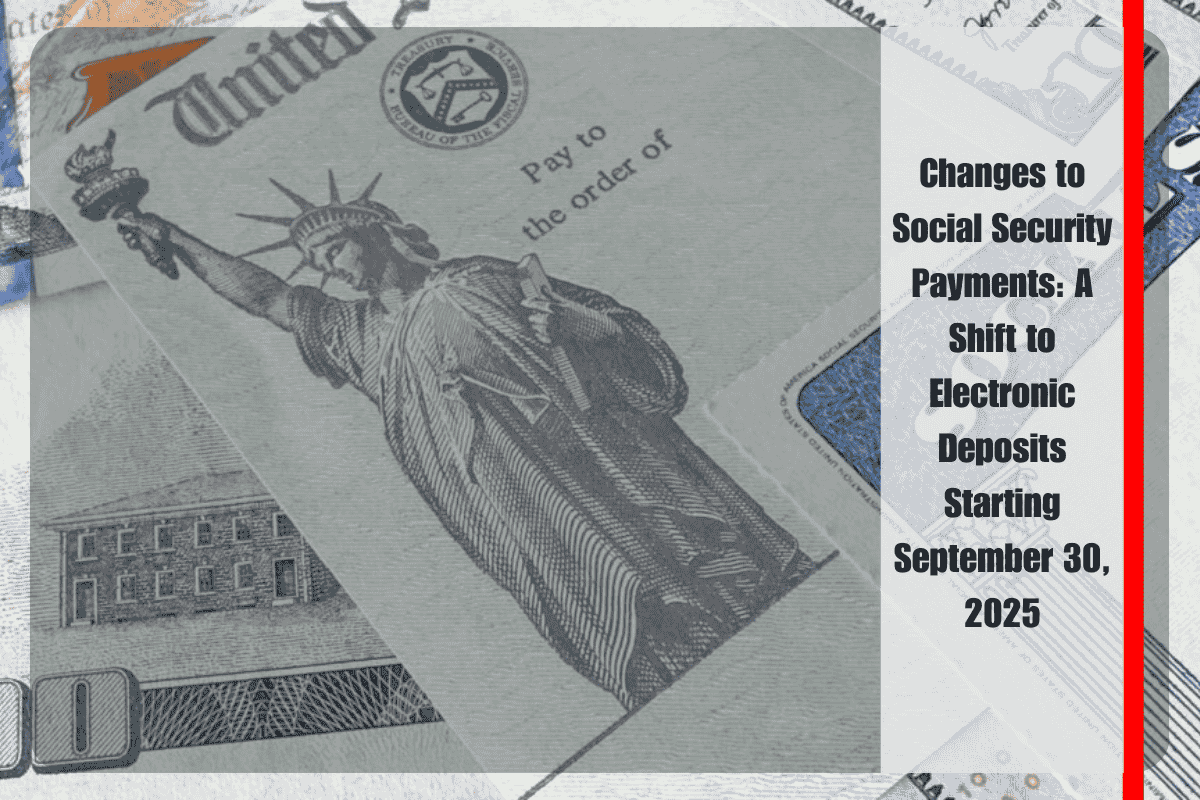For millions of Americans who rely on disability (SSDI) or low-income (SSI) benefits, knowing when their payments will arrive in July 2025 is essential for planning their month. The Social Security Administration (SSA) follows a set payment schedule, but it can vary depending on the program and the person’s circumstances.
SSI Payments for July 2025
The Supplemental Security Income (SSI) program is the easiest to predict. If you’re an SSI recipient, your July payment arrived on Tuesday, July 1st. SSI payments are always made on the first business day of each month. If the 1st falls on a weekend or holiday, the payment is sent early, which is why June’s payment was made on the last business day of June.
SSDI Payments for July 2025
For Social Security Disability Insurance (SSDI) recipients, the payment dates are more complex. They depend on two things: when you started receiving benefits and your birthdate. Here’s how the payments are scheduled for July 2025:
If you started receiving benefits before May 1997, your payment will arrive on Wednesday, July 3rd.
Born between the 1st and 10th of the month: You will get paid on Wednesday, July 9th.
Born between the 11th and 20th: Your payment will arrive on Wednesday, July 16th.
Born between the 21st and 31st: Your payment will be sent on Wednesday, July 23rd.
Payments are made electronically, usually arriving by mid-morning on the scheduled date if you use direct deposit.
How Much Money Can You Expect from SSDI and SSI?
The amount of money you get from SSI or SSDI depends on your personal situation. Here’s a breakdown:
SSI: The maximum federal monthly payment is $967 for individuals and $1,450 for eligible couples in 2025. These amounts may be less if you also receive help with housing or food. Some states provide additional supplements, so check with your local agency to see if you qualify for extra benefits.
SSDI: The amount you receive depends on your work history and the wages you earned. On average, SSDI recipients get around $1,580 per month in 2025. However, this amount can vary widely. People who worked long careers and earned high wages can get up to $5,108 per month, especially if they delayed retirement.
Most SSDI recipients get between $1,200 and $2,000 per month. It’s important to know that while SSDI benefits are not taxed for those with low incomes, some recipients may face federal taxes if they have other sources of income. The maximum payment in 2025 is $4,018.
Big Change: Goodbye Paper Checks
One of the biggest updates for July 2025 is that the SSA is nearly done with its plan to stop sending paper checks for all SSDI and SSI payments. This move started back in 2013, and now, the SSA is about to complete its transition to electronic payments by the end of 2025.
By October 2025, all payments will be made electronically. This means your benefits will be sent via direct deposit into your bank account or to a Direct Express prepaid card if you don’t have a bank account.
Why Is This Change Happening?
There are several reasons for the switch to electronic payments:
Reduce Costs: Printing and mailing checks is expensive. Electronic payments cost only a small fraction of the price.
Prevent Fraud: Paper checks are vulnerable to theft, loss, or tampering, while electronic payments are much more secure.
Speed: Electronic payments are quicker and don’t rely on mail delivery, which can sometimes cause delays.
The SSA is encouraging everyone who still receives paper checks to switch to electronic payments immediately. If you don’t make the switch before September 2025, you may face interruptions in your payments.
How to Make the Switch
Making the switch is easy. You can do it in a few ways:
Online: Log into your “My Social Security” account on the SSA website and update your payment method.
Phone: Call 1-800-772-1213 for assistance.
In-Person: Visit your local SSA office (you may need to make an appointment).
The SSA has been working hard to get this information out to everyone, especially older adults and people with disabilities, to ensure a smooth transition.












